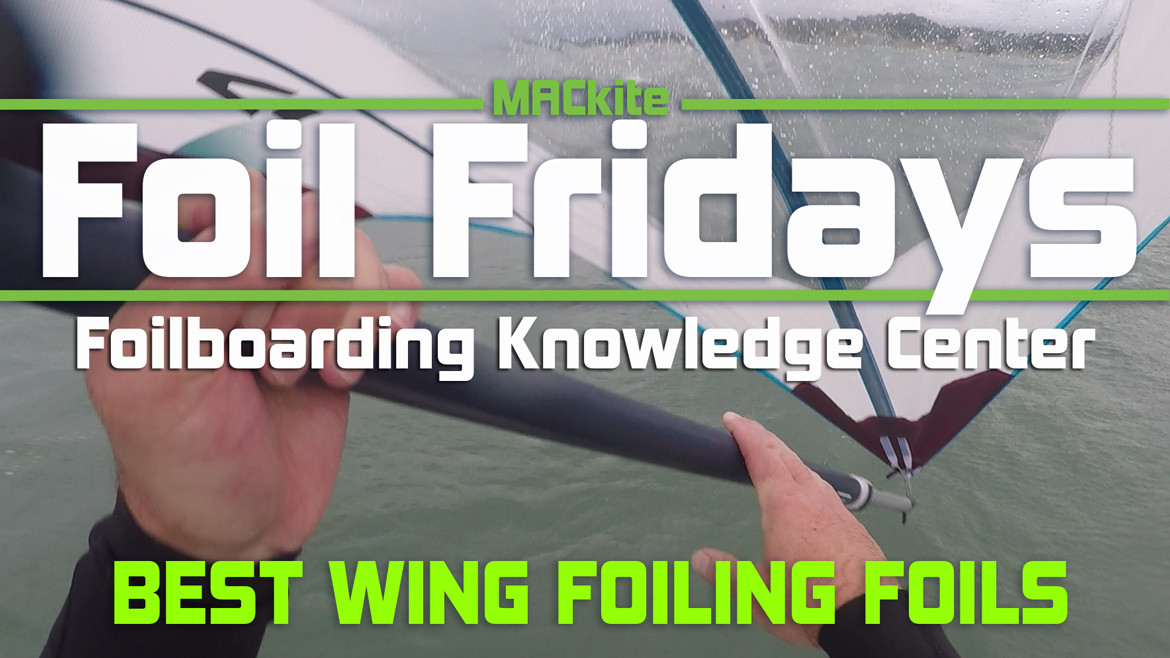The Best hydrofoil wings and mast for wingfoiling Part 2
Last week, we covered the best boards for wingfoiling. This week, we wanted to touch on everything that goes beneath the board.
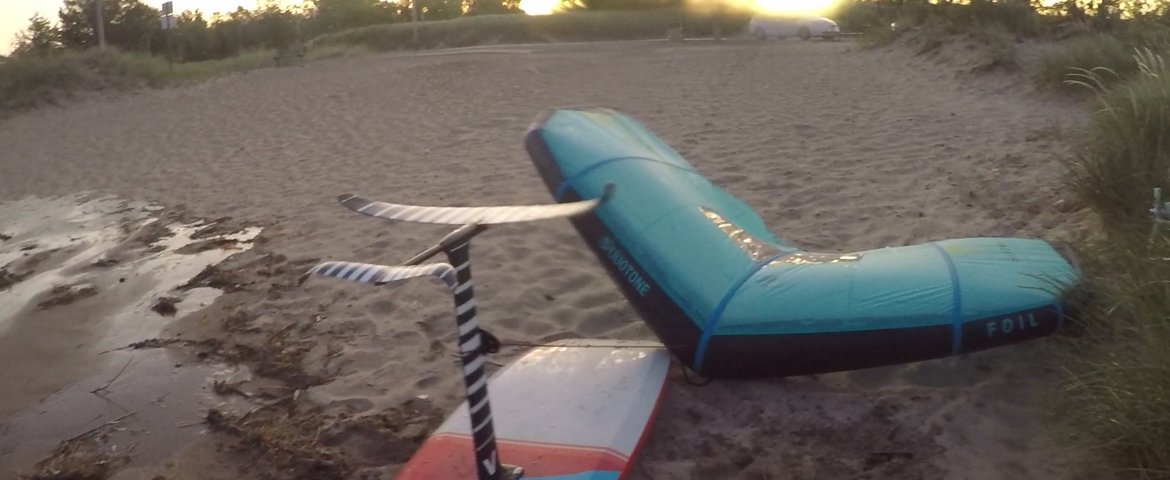
Mast length
Mast length is important for wingfoiling. When first starting, you might think that starting with a shorter mast like kite foiling is the answer. However, if you use a shorter mast, something like a 15 inch, you’re going to have a rough go at it. Even if you know how to foil, while learning the wing, you’ll be bouncing around quite a bit on those first few rides and the board will likely cavitate quite a bit.
The ideal length for most riders is going to be somewhere between 28 and 36 inches. If you are wondering what length is right for you, we find that longer tends to be better as a general rule of thumb. Unless of course you live somewhere with shallow water or lots of weeds to navigate though.
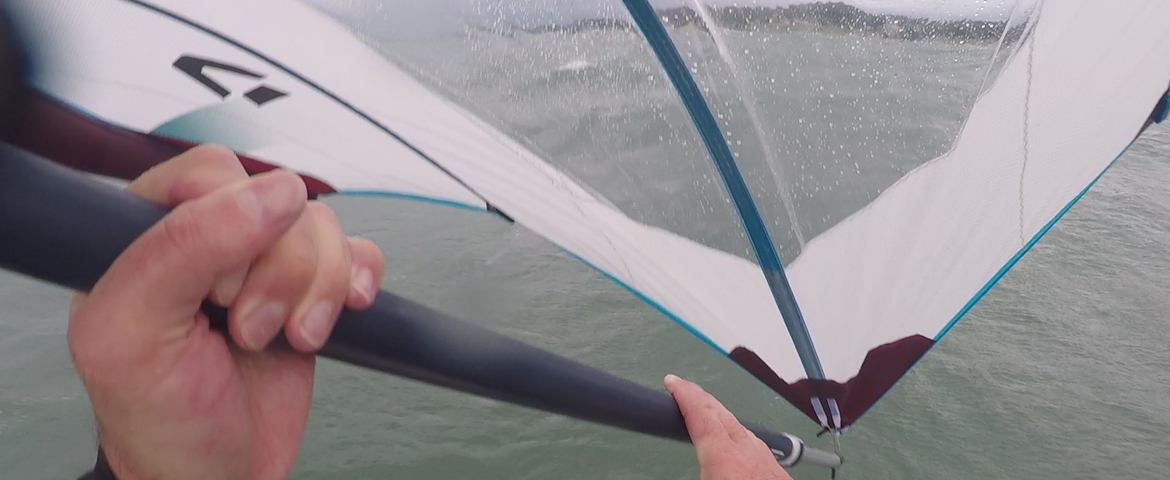
Larger is better
One of the reasons larger is better with wing foiling is that you are going to be going faster than you normally would with kitefoiling or surf foiling. In addition, you do need a good deal of wind for wingfoiing, at least 20 plus knots. Often, these conditions bring about a great deal of chop and waves at most beaches. Having a longer mast is going to help you navigate these conditions.
Keep in mind, you are going through waves, not on a wave. With surf foiling, a shorter mast is often the choice as you are moving with the wave. With wing foiling, you need to have room for error when cutting upwind though the waves.
The last reason we recommend a longer mast is you will generally be using larger wings. Those out there wingfoiling ideally are using a higher aspect or larger wing, so we can get up on foil sooner. And you won't need as much power to stay on foil and get upwind.
Something to note is that wider wings have a tendency to cavitate on the surface of the water when making turns. Having a larger mast will ensure the wing stays below the surface and in control, making those aggressive leaning turns in the waves in the chop possible.
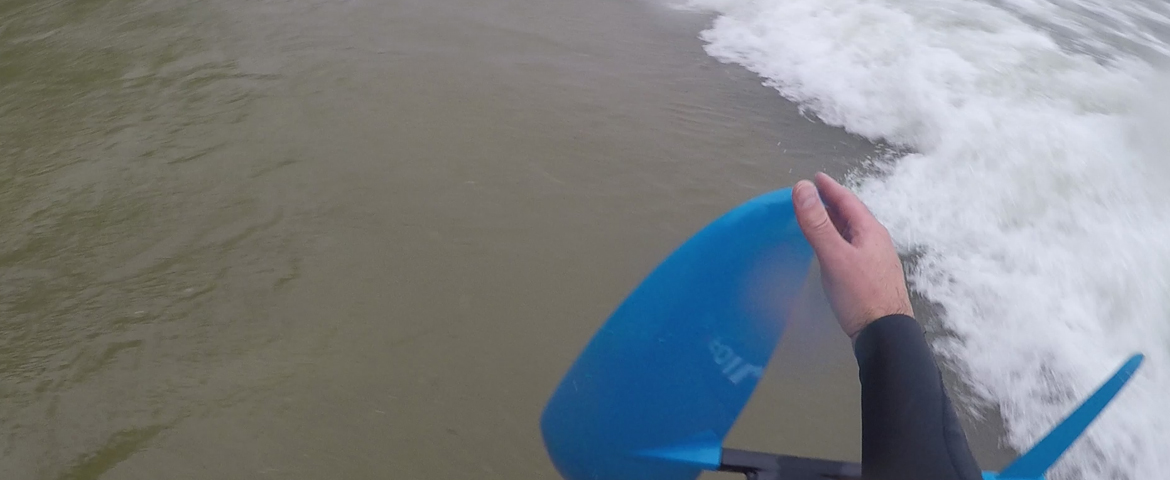
Wing choices
The wings in your quiver are going to affect your wind range, your speed and your maneuverability. If you're new, it's good to have a stable wing but, in the long run, you don't want too much stability where you can't turn or maneuver enough. Likewise, you don't want something so high performance that you can't get on foil.
We find the optimal size wing for your average-sized hydrofoil is something between 1500-2400 cm squared, with most riders falling around that 2000 cm squared sweet spot.
A lot of this is subjective to rider skill but starting a little larger will make learning easier. That said, as you progress, sizing down to a wing with more top end speed will allow you to generate more apparent wind with your wing. As you progress, a larger wing might make things more difficult due to drag and a slower response time to recover from mistakes.
What's right for you?
The more apparent wind you can generate, the more you can coast though lulls in the wind, the more maneuverable you will be, and the more fun you can have.
Don't stress on this point too much. Starting off with something around 2000 cm squared is the sweet spot for most riders in general.
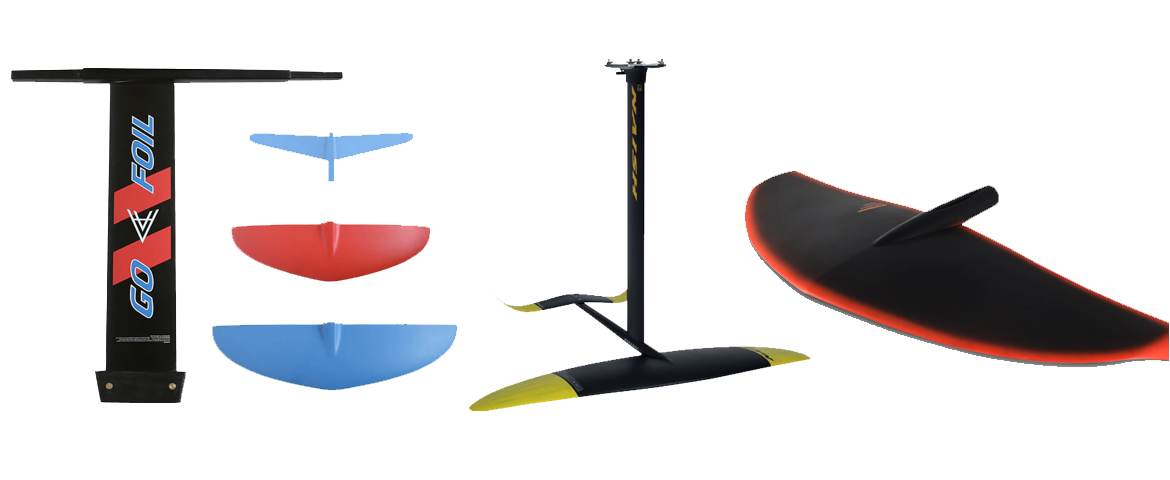
Recommendations
The Maliko 200 from Go Foil
This is a great wing to get started. You don't need much board speed, it will pop right up on foil, and it's user friendly. It's stable, yet not overly stable. It's fairly high aspect so it has a great top end speed. It's an easy to learn with, fun wing.
Other similar wings are the Naish Jet 2000 or the 2019 xxl front wing. The Slingshot Infinity 76, 84 or even 99 work well if you're a heavier rider.
Ideally, any foil that's going to offer decent stability, low end lift with more top end speed, and maneuverability are what you should be looking for.
Our favorite performance wing
The Go Foil GL series. Much like the 200, it has a similar wingspan but the overall surface area is high aspect, thinner, flatter and more efficient. With these, you'll get better top speeds but you will have to work a little harder on the low end. This makes for a better performance ride with more maneuverability for that advanced hydrofoiler who doesn't mind pumping the wing up onto foil.
Any wing that similarly offers higher top end speeds with a bit of low end performance will be an exciting choice.
Tucker Vantol
Mackite's resident surf and "Hydrofoil junkie." You can either catch him on the phones or on the water at dawn testing new gear. He is proficient at a myriad of sports, a shaper and passionate about getting his water time. When he discovered kiteboarding it took over as his predominate sport. The same could be said about hydrofoiling.
Recent Posts
-
2024 Duotone Slick Wing Review | What's New in This Year's Model?
The Duotone Slick has been a favorite of many for several years. Pros love it for its speed, …15th Apr 2024 -
Lightwind Kiteboarding in Key West with Kristen and RyGo | MACkite x Airush
Kristen and Rygo are headed down to Key West in the RV, where they'll hook up with the cr …15th Apr 2024 -
What's New with F-One Foils? Eagle X and Seven Seas Updates Explained
F-One has released some exciting new options and refinements in their foil lineup. Tucker, R …12th Apr 2024

